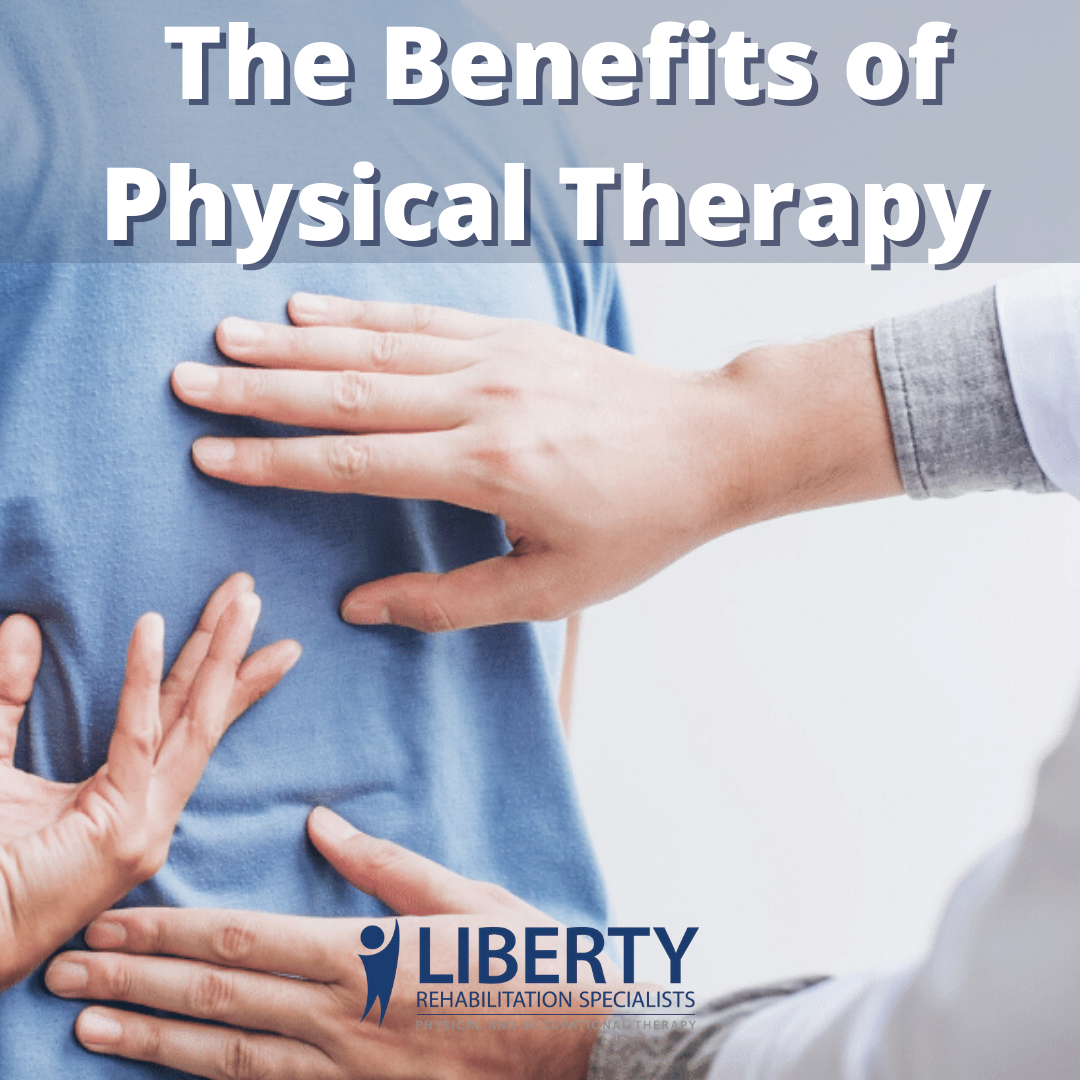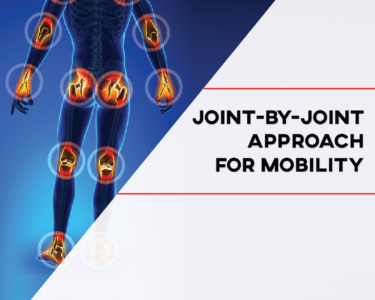The Benefits of Physical Therapy for Rehabilitation
Physical therapy is a vital component of the healthcare system, offering immense benefits for individuals undergoing rehabilitation. Whether recovering from injuries, surgeries, or chronic conditions, physical therapy plays a crucial role in restoring mobility, function, and overall well-being. With the guidance of skilled physical therapists, patients experience a transformational journey towards recovery and improved quality of life.

Understanding Physical Therapy for Rehabilitation
Physical therapy, often referred to as PT, is a specialized healthcare discipline that focuses on restoring physical function and mobility after an injury or medical condition. It involves therapeutic exercises, manual techniques, and modalities to alleviate pain, improve muscle strength, and enhance flexibility.
read more about The Vitality of Regular Exercise for Optimal Health and Well-being”|
The Role of Physical Therapists in Rehabilitation
Physical therapists are highly trained healthcare professionals who assess patients’ conditions and design personalized treatment plans. They work closely with patients to address their specific needs and goals, aiming to facilitate the recovery process effectively.
Benefits of Physical Therapy in Restoring Mobility and Function
Personalized Treatment Plans for Individual Needs
One of the significant advantages of physical therapy is the individualized approach to treatment. Each patient’s rehabilitation journey is unique, and physical therapists tailor their interventions to meet their specific requirements. This personalized care ensures that patients receive the most effective and targeted treatments.
Managing Pain and Improving Comfort
Chronic pain resulting from injuries or medical conditions can hinder the rehabilitation process. Physical therapists use various techniques, such as heat therapy, ultrasound, and manual therapies, to manage pain and improve the patient’s comfort during the recovery phase.
Enhancing Balance and Coordination
For individuals recovering from orthopedic injuries or neurological conditions, physical therapy focuses on improving balance and coordination. Balance training exercises help patients regain stability and reduce the risk of falls, aiding in a safe and smooth recovery.
Physical Therapy for Post-Surgery Rehabilitation

Accelerating Healing and Reducing Scar Tissue
After undergoing surgery, physical therapy is crucial for promoting healing and minimizing scar tissue formation. Therapists use specialized techniques to enhance tissue flexibility and circulation, allowing for a faster recovery.
Restoring Joint Mobility and Muscle Strength
Post-surgery physical therapy aims to restore joint mobility and rebuild muscle strength around the affected area. Strengthening exercises and controlled movements help patients regain their pre-surgery functionality.
The Importance of Physical Therapy in Sports Performance

Sport-Specific Training Programs
Athletes often turn to physical therapy to enhance their sports performance. Physical therapists design tailored training programs to improve athletic abilities, focusing on strength, agility, and injury prevention techniques.
Preventing Sports-Related Injuries
In addition to enhancing performance, physical therapy plays a critical role in preventing sports-related injuries. Therapists educate athletes on proper warm-up techniques, stretching, and body mechanics to reduce the risk of injuries during training and competitions.
Psychological Benefits of Physical Therapy
Boosting Confidence and Independence
Physical therapy not only addresses physical impairments but also boosts patients’ confidence and sense of independence. As individuals progress in their rehabilitation, they gain a renewed sense of self-reliance and a positive outlook on their recovery journey.
Promoting Overall Well-Being
The holistic approach of physical therapy includes addressing emotional and psychological aspects. Therapists provide emotional support and encouragement, positively impacting the patient’s overall well-being.
Preventive Role of Physical Therapy in Avoiding Further Injuries

Educating Patients on Proper Body Mechanics
Physical therapists educate patients about proper body mechanics and techniques to prevent future injuries. This knowledge empowers individuals to make informed decisions about their physical activities, reducing the risk of re-injury.
Reducing the Risk of Re-Injury
By focusing on strength-building and injury prevention exercises, physical therapy helps individuals avoid re-injury and maintain their progress long after the rehabilitation process.
Holistic Approach of Physical Therapy in Rehabilitation

Addressing Physical and Emotional Aspects
Physical therapy takes into account both physical and emotional components of the recovery process. Therapists work closely with patients to provide comprehensive care that considers the individual as a whole.
Promoting a Faster Recovery Process
The holistic approach of physical therapy contributes to a faster and more effective recovery process. By addressing multiple aspects of rehabilitation, patients experience improved outcomes and quality of life.
The Evolution of Physical Therapy and Modern Techniques

Utilizing Advanced Equipment and Technology
Advancements in technology have revolutionized physical therapy practices. Therapists now use state-of-the-art equipment and innovative tools to enhance treatment outcomes.
Integrating Telehealth for Remote Sessions
Telehealth has made physical therapy accessible to a broader audience. Patients can now participate in remote therapy sessions, providing convenience and flexibility in their rehabilitation journey.
Common Misconceptions About Physical Therapy
It’s Only for Athletes or Injuries
Contrary to popular belief, physical therapy is not solely for athletes or individuals with injuries. It benefits people of all ages and conditions, from post-surgery recovery to managing chronic pain.
read more about Preventing and Managing Common Sports Injuries
Physical Therapy is Painful
While some exercises may cause temporary discomfort, physical therapy should not be excessively painful. Skilled therapists ensure that treatment plans are tailored to the patient’s comfort level.
Conclusion:
Physical therapy is an indispensable part of the rehabilitation process, offering numerous benefits for individuals recovering from injuries, surgeries, or chronic conditions. Through personalized treatment plans, skilled physical therapists help patients regain mobility, manage pain, and improve their overall well-being. The holistic approach of physical therapy addresses both physical and emotional aspects, promoting a faster and more effective recovery. With the integration of modern techniques and technology, physical therapy continues to evolve and make a positive impact on people’s lives.
By choosing physical therapy, individuals embark on a transformative journey towards a healthier and more active life. The dedication of physical therapists and the commitment of patients combine to create a path of progress and healing.
Remember, every individual’s rehabilitation journey is unique, and physical therapy tailors treatments to meet specific needs. It is a proactive approach to health that empowers patients to take control of their well-being and achieve their goals. Whether you are an athlete recovering from an injury or a senior seeking to improve mobility, physical therapy offers you the support and guidance needed to optimize your recovery and enhance your quality of life.
FAQs (Frequently Asked Questions)
- What is the duration of a typical physical therapy session?
- A typical physical therapy session lasts around 30 to 60 minutes, depending on the patient’s needs and treatment plan.
- Can physical therapy help with chronic pain conditions?
- Yes, physical therapy can be beneficial for managing chronic pain conditions. Therapists use various techniques to alleviate pain and improve quality of life.
- Is physical therapy effective for older adults?
- Yes, physical therapy is highly effective for older adults. It helps improve mobility, balance, and overall functional abilities.
- How long does it take to see results from physical therapy?
- The duration of seeing results varies depending on the individual’s condition and the severity of the injury or ailment. Some patients may notice improvements within a few sessions, while others may require more time.
- Can physical therapy be used for injury prevention?
- Absolutely! Physical therapy emphasizes injury prevention techniques, providing patients with the knowledge and tools to reduce the risk of future injuries.









 Viesearch - The Human-curated Search Engine
Viesearch - The Human-curated Search Engine

1 Comment